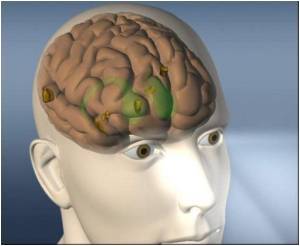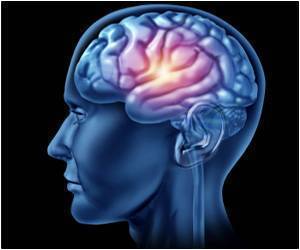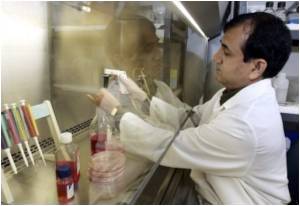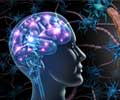
They may also serve as sources of transplantable cells that can be used in novel cell therapies. In the latter case, the patient provides a sample of his or her own skin to the laboratory.
In the current study, experimental animals with damage to a deep brain structure called the striatum (an experimental model of HD) exhibited significant behavioural recovery after receiving transplanted iPS cells.
The researchers from South Korea, Sweden, and the United States hope that this approach eventually could be tested in patients for the treatment of HD.
"The unique features of the iPSC approach means that the transplanted cells will be genetically identical to the patient and therefore no medications that dampen the immune system to prevent graft rejection will be needed," said Jihwan Song, D.Phil. Associate Professor and Director of Laboratory of Developmental 'n' Stem Cell Biology at CHA Stem Cell Institute, CHA University, Seoul, South Korea and co-author of the study.
The study found that transplanted iPSCs initially formed neurons producing GABA, the chief inhibitory neurotransmitter in the mammalian central nervous system, which plays a critical role in regulating neuronal excitability and acts at inhibitory synapses in the brain.
Advertisement
Another key point in the study involves the new disease models for HD presented by this method, allowing researchers to study the underlying disease process in detail.
Advertisement
"Having created a model that mimics HD progression from the initial stages of the disease provides us with a unique experimental platform to study Huntington's disease pathology," said Patrik Brundin, M.D., Ph.D., Director of the Center for Neurodegenerative Science at Van Andel Research Institute (VARI), Head of the Neuronal Survival Unit at Lund University, Sweden, and co-author of the study.
Huntington's disease (HD) is a neurodegenerative genetic disorder that affects muscle coordination and leads to cognitive decline and psychiatric problems.
The study has been published online in Stem Cells.
Source-ANI













